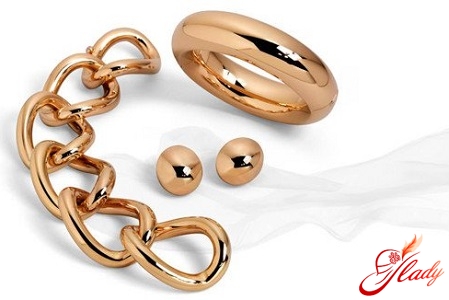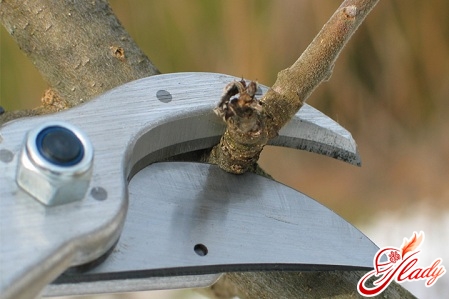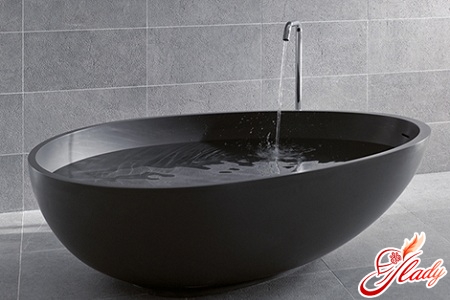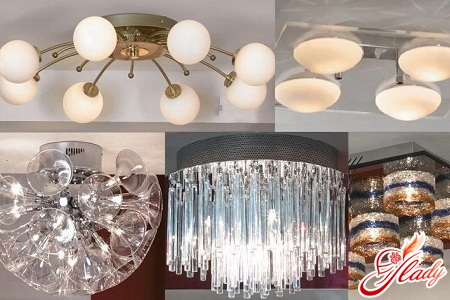 The loggia is a very interesting space of oursat home. For some reason, we rarely use it for its intended purpose (an open area for recreation) and either turn it into a warehouse for unnecessary junk (which we feel sorry to throw away), or try to use the area of the loggia or balcony with maximum benefit: glazing, insulating and ennobling. Now, when the bitter winter frosts are just around the corner, it's time to get down to preparing for the cold. And an important component of such preparation should be the insulation of the loggia. Because by insulating it, we will save heat in our home and prepare a place for storing summer supplies. And in general, why waste this useful area unnecessarily? Let's not go to extremes and talk about how, by removing the balcony block, to turn the loggia into part of the living room. Although many dare to take this step, and the insulation of the loggia is one of the stages of the implementation of such projects. Let's leave these Napoleonic plans until better times and consider how to properly insulate a loggia so that even in severe frosts the temperature on it does not drop below zero degrees.
The loggia is a very interesting space of oursat home. For some reason, we rarely use it for its intended purpose (an open area for recreation) and either turn it into a warehouse for unnecessary junk (which we feel sorry to throw away), or try to use the area of the loggia or balcony with maximum benefit: glazing, insulating and ennobling. Now, when the bitter winter frosts are just around the corner, it's time to get down to preparing for the cold. And an important component of such preparation should be the insulation of the loggia. Because by insulating it, we will save heat in our home and prepare a place for storing summer supplies. And in general, why waste this useful area unnecessarily? Let's not go to extremes and talk about how, by removing the balcony block, to turn the loggia into part of the living room. Although many dare to take this step, and the insulation of the loggia is one of the stages of the implementation of such projects. Let's leave these Napoleonic plans until better times and consider how to properly insulate a loggia so that even in severe frosts the temperature on it does not drop below zero degrees.
General rules of warming
When starting to insulate the loggia, you need tohave sufficient information about the order of work and the range of materials required for this. This is necessary both in the case of independent work, and for the so-called "quality control", and for saving money. You can get such information either from literature on repair and construction, or from the Internet (the experience of friends and relatives should not be discounted either). For insulation, you can invite specialists, or you can do it yourself. Note that this work is not so difficult that only men can do it. Some ladies in this matter will give odds not only to the stronger sex, but also to construction specialists. You can start insulating the loggia only after it is completely glazed. Otherwise, the insulation work will complicate the process of installing window frames. After installing double-glazed windows (preferably metal-plastic), you can begin insulating the walls, floor and ceiling. When insulating a loggia, work is carried out not only on the internal structures, but also on the facade and parapet of the loggia. In addition to insulating materials, it is also necessary to use waterproofing. After thermal and waterproofing work, it is worth giving an aesthetic appearance to your updated loggia, using ordinary finishing materials.
The scheme of warming
The work plan for insulating a loggia is simple.When starting this process on your own, break it down into several stages. We will skip the first stage, glazing, since you are unlikely to cope with it on your own. We will not dwell on the stage of calculating the thickness of the insulation either. But we will consider the order of floor insulation in more detail:
- First of all, it is necessary to fill all the through holes and slots with foam; after the foam dries, the floor and the lower part of the walls must be waterproofed (better lubricating);
- Next, the floor should be leveled using special cement-sand mixtures (this is not difficult, so the mixtures are self-leveling); if the floor needs to be raised, it is built up with a layer of expanded clay.
- then the floor is laid out with rigid plates (for example, from expanded polystyrene), and joints are glued with a vapor barrier tape (this will prevent the formation of mold and fungus);
- The last layer is lightweight polymer concrete and reinforced wire mesh.
After insulating the floor, it is time to insulate the walls and ceiling (this is much easier):
- First, rigid polystyrene foam boards are glued to the walls, and then moisture-resistant plasterboard is glued on top;
- the ceiling is insulated in exactly the same way, and in addition to gypsum board you can also use a suspended ceiling, under which it is convenient to hide all electrical wiring.
In addition to this scheme, you can also insulate the loggia withusing wooden lathing, under which thermal insulation materials are placed. But given the small size of the loggias, it is worth choosing the first option, which will save precious centimeters of its space.
Materials for insulation
The following materials are used to insulate the loggia:very different. These can be mineral wool mats (of different thickness and softness), polystyrene foam, insulation made of foamed materials. The choice of insulation depends on the size of the room, technology and finances. In addition to insulating materials, vapor and waterproofing coatings and lubricants are required. Lubricating waterproofing is used when insulating the floor. Film covering for walls is attached to the lathing. And wall finishing material is installed on top. As a finishing material for the interior space of the loggia, you can use clapboard, plastic wall panels, laminate, linoleum and carpet. Finishing the outer part of the parapet also additionally insulates the loggia. Plastic siding or panels are used for it. If wooden parts are used for finishing and insulating the loggia, then they must be treated with an antiseptic (to protect against rot and fungus). The most famous of them is drying oil. It, like other antiseptics, can be easily found in any hardware stores.
Unwanted result of warming
Since the insulation of the loggia is carried out according tothe inner side of the wall, the main side effect of the work may be the effect of a "crying wall". The wall begins to get wet when condensation accumulates between it and the layer of thermal insulation. The reason for its appearance is the warm air of the room colliding with the cold wall of the house. The presence of moisture under the thermal insulation can cause mold. Therefore, before insulating the loggia, stock up on all the necessary materials, not excluding vapor barrier. If everything is done according to the rules, the result will only please you. So insulating the loggia will be very useful on the eve of the winter cold, and you will not regret either the money spent or the effort spent. Warmth and comfort in your home are worth it!









